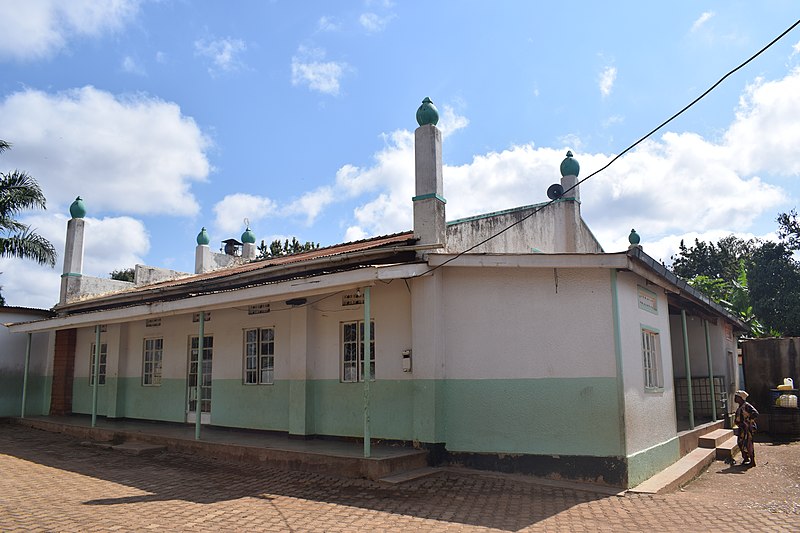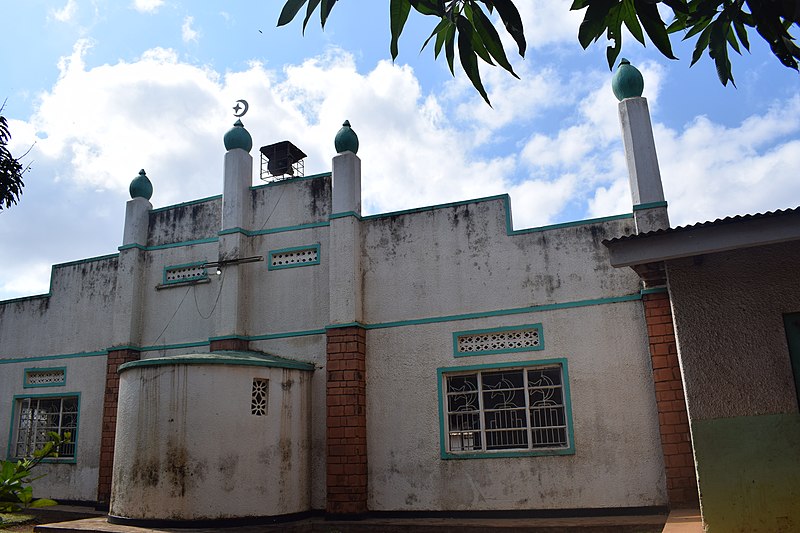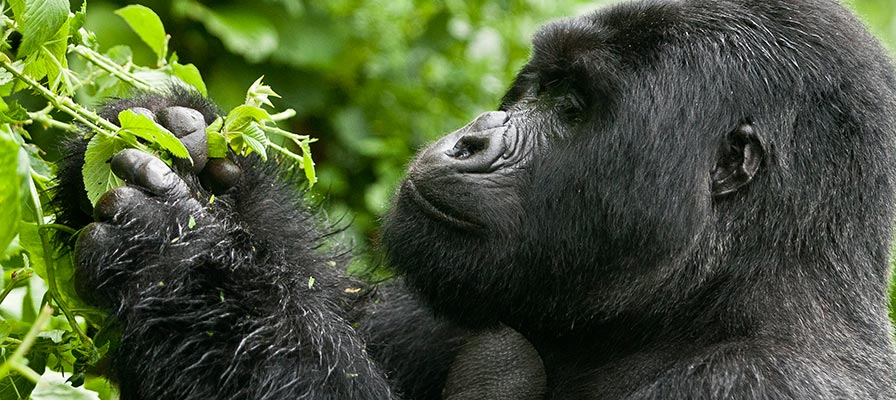Did you know that Uganda is home to one of the only two mosques in the world with two qiblas? Surprising, right?
The Kasubi Mosque in Uganda and the Prophet’s Mosque in Mecca are the only known mosques with this unique feature. The qibla is the direction Muslims face when performing their prayers (Salah), traditionally oriented towards the Ka’aba in Mecca, Saudi Arabia. According to Islamic teachings, the Ka’aba was the first house of worship, built by the Prophet Ibrahim. However, before the qibla direction was permanently changed to Mecca, the Prophet Muhammad and early Muslims initially prayed towards Jerusalem, known as the first qibla.
Regardless of location, Muslims align themselves with the Ka’aba while praying. Various methods are used to determine the qibla direction. Many rely on compasses with qibla indicators, while modern smartphone apps like Muslim Pro and Qibla Finder use GPS technology for accuracy. In mosques, prayer areas are arranged to face the qibla, simplifying orientation. Traditional techniques, such as using the sun and shadows, also remain in practice.
The Arrival of Islam in Uganda
Islam first reached Uganda in 1844, when Arab traders from Zanzibar and the Arabian Peninsula visited the palace of King Ssuuna II of Buganda. Though their primary goal was trade rather than religious propagation, the cultural and religious aspects of their lifestyle intrigued the Baganda, particularly their attire and way of prayer, which was perceived as holy and dignified. Over time, King Mutesa I, son and heir of King Ssuuna II, converted to Islam and decreed that it be taught within the royal palace. Consequently, Mutesa I’s palace in Banda, near Kampala, became a center for Islamic education.
The Unique Story of Kasubi Mosque
In 1870, Kabaka Mutesa I constructed Kasubi Mosque, now known as Kasubi Masgid Tawahud Mosque, located in the Kasubi area, where the tombs of Buganda’s kings are also found. This came to be Mutesa’s new capital. Despite accepting and practicing Islam, a cultural conflict arose between the Baganda traditions and Islamic prayer practices. According to Baganda customs, it was considered taboo and an abomination to turn one’s back against the king. However, in adherence to Islamic teachings, Muslims are required to face the qibla in Mecca while praying.
To resolve this cultural dilemma, a second qibla was established, allowing worshippers to pray in a direction that honored Buganda customs. This unique adaptation made Kasubi Mosque the first in Uganda and Africa to feature two prayer directions. Over time, Uganda’s Muslim leadership decided to preserve both qiblas as a heritage and historical landmark.

A Related Historical Landmark
Uganda is also home to the only Bahá’í Temple on the African continent. Known as the Bahá’í Mother Temple of Africa, it was completed in 1961 and serves as a place of worship open to people of all faiths. Bahá’í Houses of Worship are rare, with only a few in the world, making this temple a significant spiritual landmark.
Situated on Kikaya Hill in Kampala, the Bahá’í House of Worship symbolizes unity and peace. Surrounded by lush gardens featuring a blend of indigenous and international plant species, the temple provides a tranquil environment for spiritual reflection. Its foundation stone was laid in 1958, and it was designed by Mason Remey, dedicated to Ruhiyyih Rabbani, a key figure in the Bahá’í faith.
Uganda’s rich religious history and unique places of worship, like the Kasubi Mosque and the Bahá’í Temple, highlight its diverse cultural and spiritual heritage, making it a remarkable destination for history and faith enthusiasts alike. These land marks are key religious sites to visit on your tour around Kampala and Uganda.
About Memoir Uganda – Showcasing Uganda
We are a comprehensive tourism and travel media company unleashing information about Uganda. We offer, among others, an all-inclusive guide on everything Uganda such as itineraries, consular information, timely and updated tour and travel news and general information about visiting and living in Uganda.
To us, Uganda is more than a tour destination. It is our homeland. Our knowledge about Uganda is ocean deep and we love showing the country’s splendid beauty to the world. We aim at sharing and showcasing Uganda to the tiniest bit, better than anyone else. We also aim at conserving our home land through our un wavered efforts towards climate change awareness.
Our Memoir Magazine showcases Uganda’s diverse potential in detail that is often left out and unknown. You ought never to miss a copy. We robustly believe that traveling should make the world a better place for everyone.






